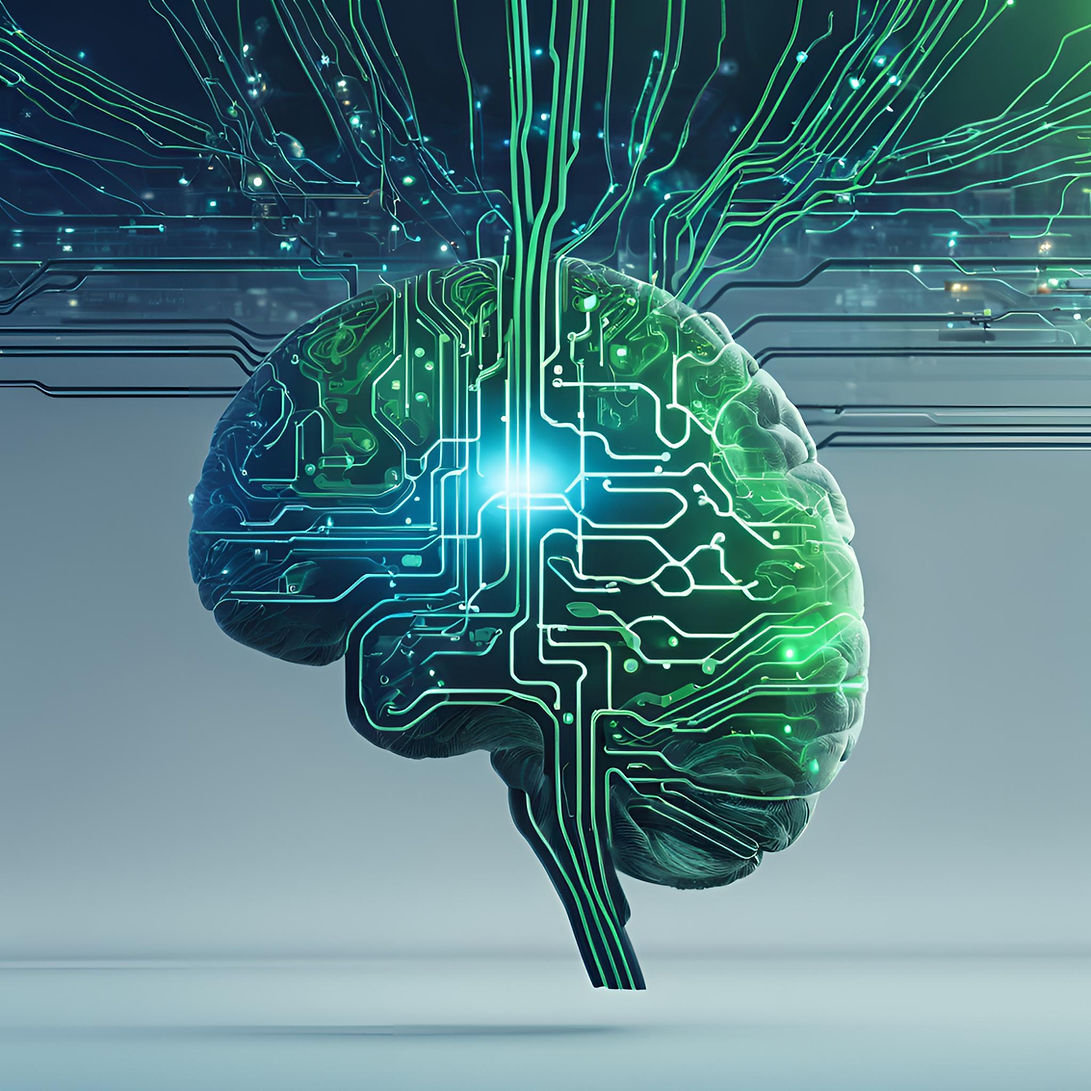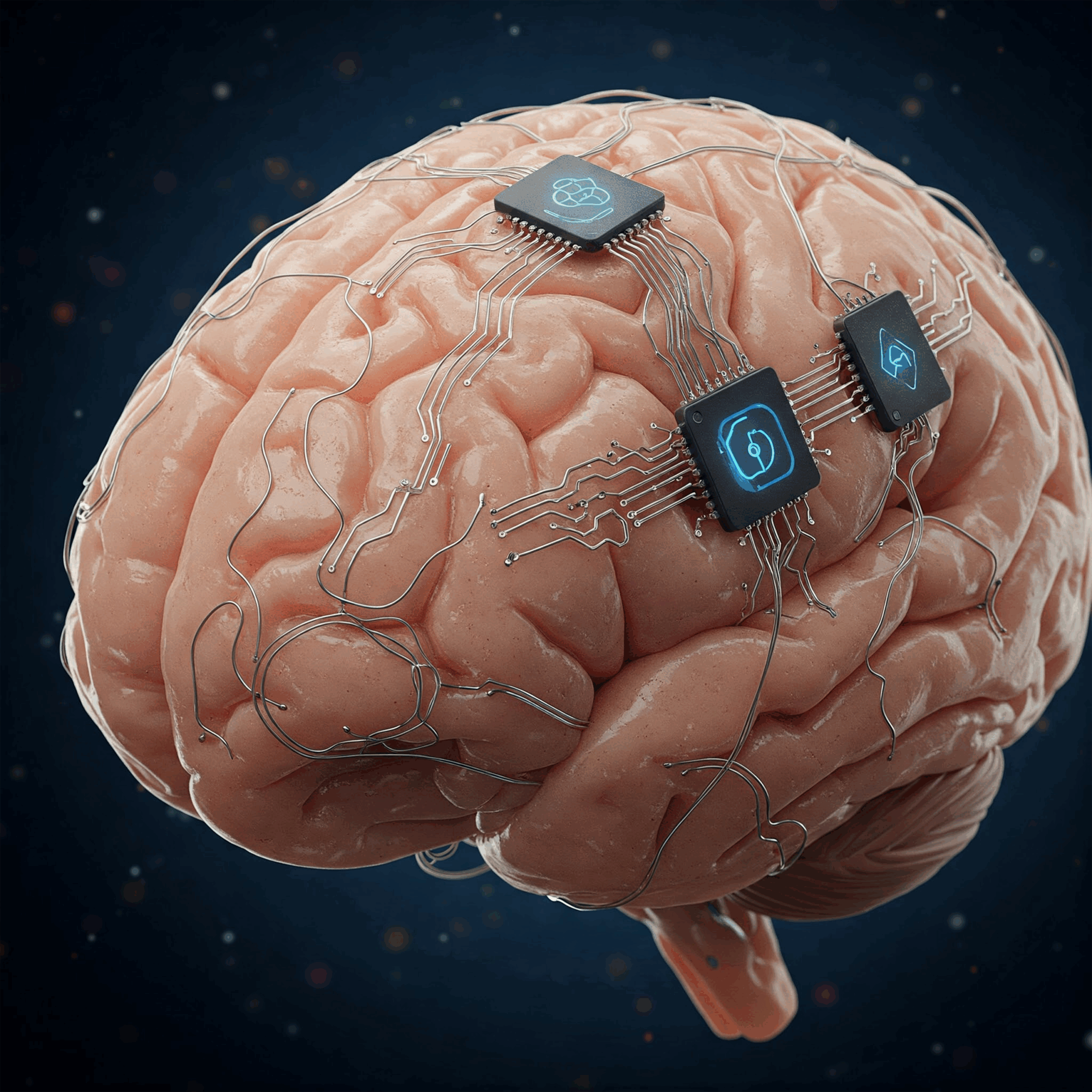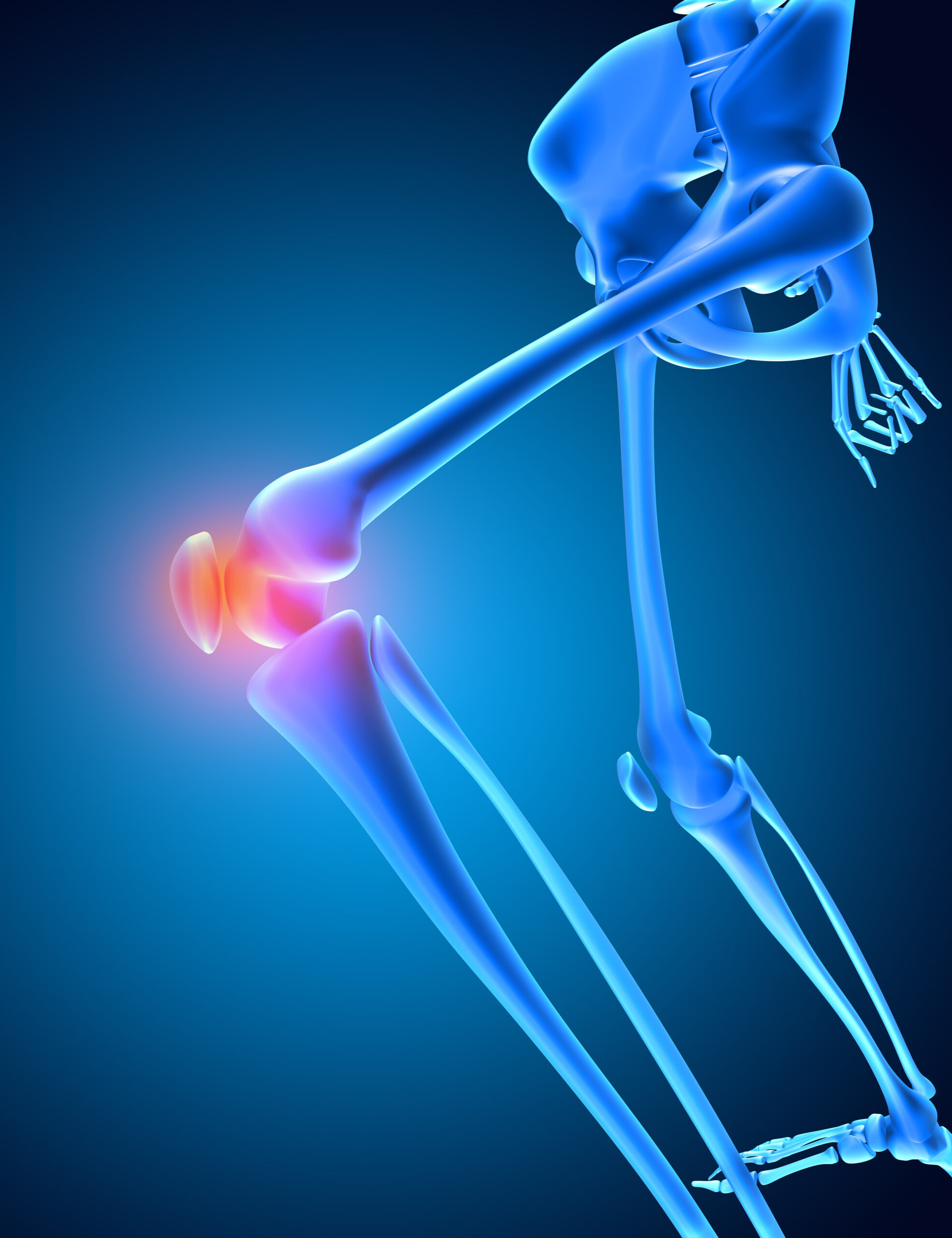Neuralink, a neurotechnology company founded by Elon Musk, is at the forefront of developing brain-computer interfaces (BCIs) with the ambitious goal of seamlessly connecting the human brain to machines. With a focus on treating neurological disorders such as paralysis and spinal cord injuries, Neuralink aims to restore lost motor function and sensory perception.

Neuralink’s technology revolves around an implantable brain-computer interface that utilizes ultra-fine threads, thinner than a human hair, to record and potentially stimulate neural activity. These threads, equipped with minuscule electrodes, are delicately inserted into the brain by a specialized neurosurgical robot. The implanted chip then wirelessly transmits the recorded neural signals to external devices, where advanced algorithms decode the brain activity, allowing users to control external devices, such as computers or prosthetics, with their thoughts.
Recent research at Neuralink has focused on a phenomenon known as “blindsight,” where individuals with damage to their primary visual cortex can still unconsciously perceive motion and objects, despite reporting no conscious vision. This intriguing finding suggests that alternative neural pathways for visual processing exist within the brain.
Neuralink’s technology aims to capitalize on these alternative pathways. By bypassing damaged areas of the visual cortex and directly stimulating regions involved in unconscious visual perception, the company hopes to restore a degree of sight to individuals with blindness. This innovative approach could offer new hope for those who have lost their vision due to various neurological conditions.
The potential applications of Neuralink technology extend far beyond treating blindness. Future advancements could lead to cognitive enhancement, enabling individuals to augment their memory, learning, and problem-solving abilities.
Furthermore, BCIs may facilitate direct mind-to-mind communication, transcending the limitations of spoken and written language. The integration of human intelligence with artificial intelligence through BCIs could also unlock unprecedented levels of collaboration and innovation.
However, alongside these exciting possibilities, Neuralink faces significant challenges, including ensuring the long-term biocompatibility of the implants within the delicate brain environment, minimizing the risk of infection and inflammation, and developing robust and reliable algorithms for accurately decoding complex neural signals. Furthermore, ethical considerations surrounding data privacy, potential for misuse, and the equitable distribution of this technology require careful and ongoing deliberation.
The journey towards realizing the full potential of Neuralink and other BCI technologies will undoubtedly be complex and challenging, but the potential rewards – from restoring lost abilities to expanding the very definition of human potential – make this a pursuit worthy of careful consideration and responsible development.






